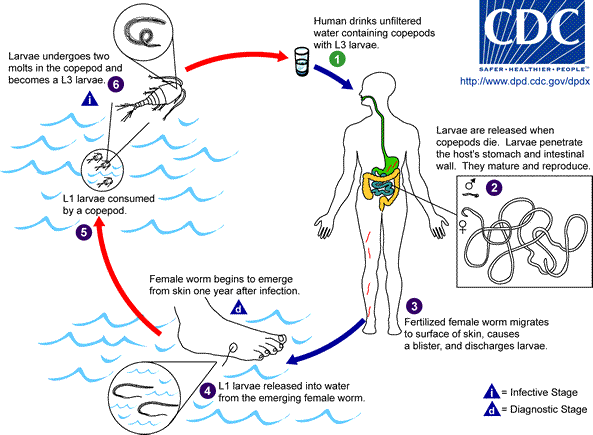Graduate students Leah Bremer and Nathanial Royal have both won a prestigious Fulbright fellowship. Established in 1946, the Fulbright Program strives to increase mutual understanding between the peoples of the United States and other countries, through the exchange of persons, knowledge, and skills. Sponsored by the US Department of State, the Program provides funding for students, scholars, and professionals to undertake graduate study, advanced research, university teaching, and teaching in elementary, and secondary schools.
Leah, a member of the SDSU joint doctoral program, will use her fellowship to continue field work in Ecuador: “I feel lucky to have the chance to spend 6 months in Ecuador and continue my field work, looking at the causes and biophysical outcomes of changing burning regimes in Andean alpine grasslands (páramos) in Southern Ecuador. I plan on doing a detailed case study of Nudo del Azuay, an area near Sangay National Park, in collaboration with the Fundación Cordillera Tropical (FCT) and the University of Azuay. The ultimate aim of my project is to provide much needed information on the ecological and human dimensions of land-use change in the high Andes in order to help improve conservation policies and facilitate the development of Payment for Ecosystem Services programs. I also will be working on my alpaca herding skills…”
Nathaniel, in his inimitable style, states: “To the surprise of no one more than himself, Nathaniel Royal was awarded a Fulbright Fellowship last month after being placed on the award wait list for exactly one day. Receiving a letter indicating that he did not receive an award on Monday, Nathaniel had resigned to living in at a proper beach for another year in sunny Santa Barbara. On Tuesday all that changed when he received a call informing him that he had in fact received the award after all and would be spending next year in the Sahara Desert, a different sort of never ending beach if you think about it. Despite what most people may think of this situation, he is thrilled to be going.
Nathaniel will be traveling to Niger in West Africa sometime in early January of next year to work on his predictive model for the spread of Guinea worm. He will be returning to the same area of Niger he served in during his Peace Corps service and is excited to reconnect with all his old friends and farm animals. Nathaniel will be in Niger for at least six months to collect data on nomadic movements of people with Guinea worm, along with searching for new cases of the parasite. The Fulbright Program was designed to increase interaction and mutual understanding between the United States and the rest of the world. Hopefully, through the universal disgust towards parasites that erupt from your foot, Nate will bridge cultures, make new friends, promote cultural exchange between countries, finish his thesis, and, thus, realize the original goals of the Fulbright program.”
Whether herding alpacas while studying Andean land use or trailing the literal and figurative footsteps of a nematode, both grads are doing something positive to help mankind. That’s why the study of Geography is important, and that’s why students such as Leah and Nate should be applauded.
Whether herding alpacas or trailing the literal and figurative footsteps of a nematode, both grads are doing something positive to help mankind. This is more than fostering interaction and mutual understanding between the United States and the rest of the world—it’s called doing something about world problems. That’s why the study of Geography is important, and that’s why students such as Leah and Nate should be applauded.





